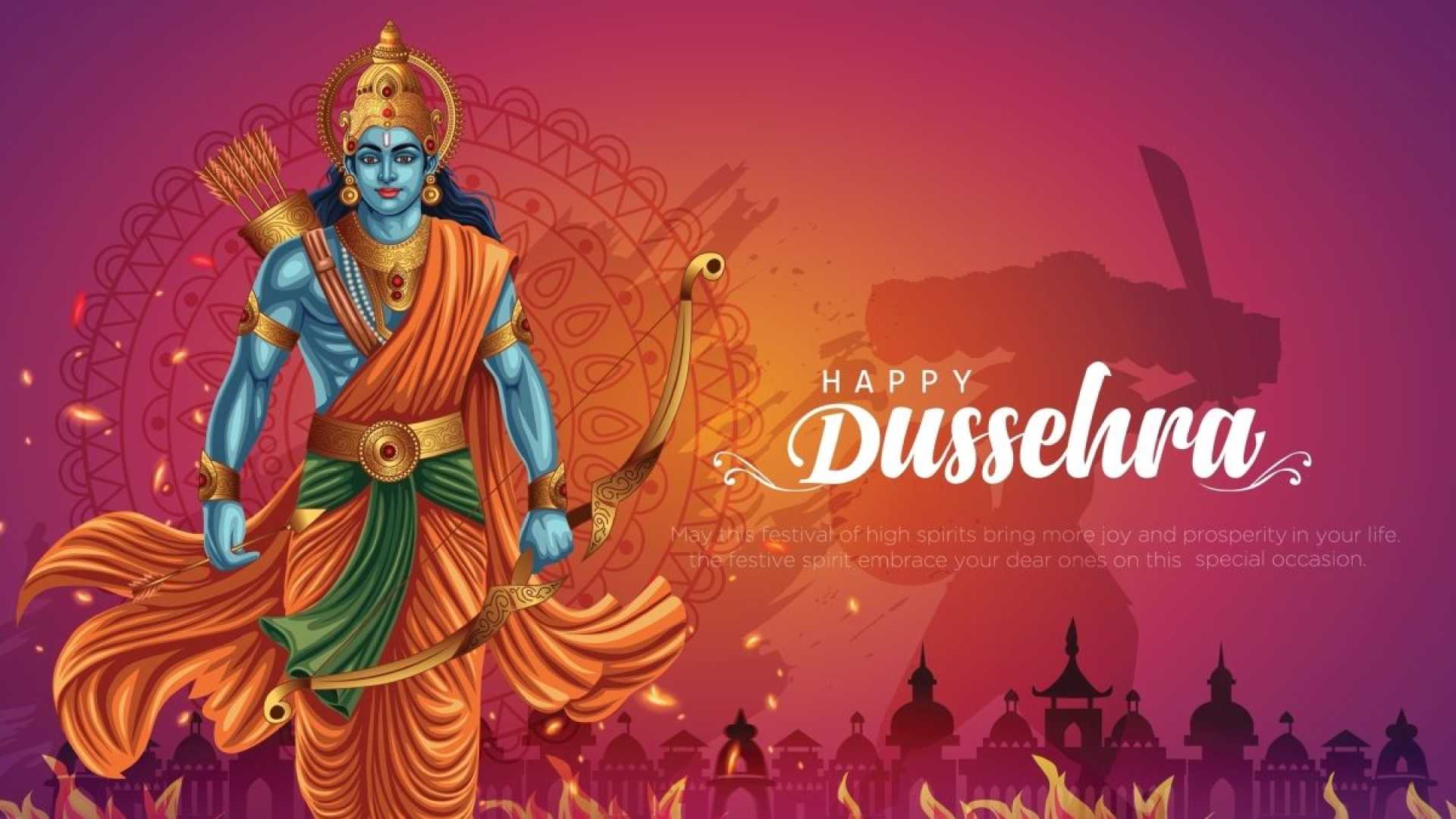News
Dussehra Celebrations and Culinary Traditions Across India

In India, the festival of Dussehra, also known as Vijayadashami, is celebrated with grandeur and diverse cultural expressions across different regions. Mysore Dasara is one of the most splendid manifestations of this festival, where the city becomes a spectacle of lights, parades, and cultural performances. The Mysore Palace is illuminated, serving as a backdrop to events that include dance, music, and folk art displays. A key highlight is the majestic procession led by a decorated elephant. According to the Bureau of Catalytic and Cultural Learning (BCCL), this event attracts thousands of spectators annually.
In contrast, Kullu Dussehra, held in the Dhalpur Maidan of Himachal Pradesh, is known for its week-long international festivity that starts on Vijayadashami. Unlike other regions, where Dussehra marks the culmination, this festival continues for seven days, featuring processions of deities, cultural performances, and traditional folk dances, reported by utsav.gov.in.
The city of Kota in Rajasthan celebrates Dussehra with vibrant fairs and cultural events. The Dussehra Mela, a significant attraction, includes local handicrafts and food stalls. The event culminates with the dramatic burning of towering effigies, symbolizing Lord Rama’s triumph over Ravana, as noted by utsav.gov.in.
Varanasi’s Dussehra is distinguished by its month-long Ramlila performances at the Ramnagar Fort. These enactments of the Ramayana draw both devotees and tourists, immersing them in the spiritual and cultural vibrancy of the city, according to iStock images.
At the Red Fort grounds in Delhi, the Dussehra celebrations are iconic for their gigantic effigies and Ramlila performances. Effigies of Ravana, Kumbhkaran, and Meghnad are set ablaze, accompanied by fireworks and mantras that celebrate Lord Rama’s victory, documented by BCCL.
In Kolkata, Dussehra coincides with Durga Puja, becoming a dual celebration. The city witnesses artistic idol-making, cultural programs, and the immersion of Durga idols in the Hooghly River, described by BCCL.
Further south, the Madikeri Dasara in Coorg is characterized by vibrant folklore and tribal dances. The ten-day festival includes a procession of cultural tableaux and local portrayals of deities and demons, as reported by Wikipedia.
A unique celebration occurs in Bastar, Chhattisgarh, where Dussehra spans a lengthy 75 days. This tribal festival involves distinctive rituals, offerings to local deities, and traditional dance performances, showcasing the cultural richness of the region, noted by utsav.gov.in.
Alongside the cultural festivities, Dussehra is also marked by the preparation and offering of various auspicious foods believed to bring luck and prosperity. Notable among these is the traditional Gujarati delicacy of Jalebi and Fafda, consumed to symbolize Lord Rama’s victory, as reported by iStock.
From Karnataka, Sweet Dosa is highlighted as a prasad during Saraswati Puja on Vijayadashami. This treat, made with jaggery and coconut, symbolizes prosperity, according to iStock.
In West Bengal, Rasgullas are offered as a mark of joy and purity, symbolizing the triumph of good over evil, while in Northern India, Puri with chana is a popular dish representing abundance and prosperity, as noted by iStock.
Certain rituals include offering Paan to Lord Hanuman and mixing curd with sugar, believed to ensure good fortune. Sabudana Khichdi, Halwa, and Kheer are other traditional offerings that symbolize simplicity, fulfillment, and purity, respectively.
Finally, coconut is considered a sacred offering during rituals on Dussehra, representing purity and prosperity, as reported by iStock.












